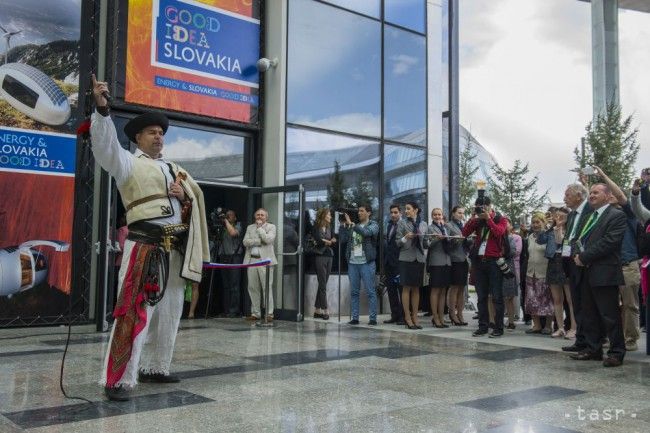Blue-dyeing Inscribed in List of Intangible Cultural Heritage

Port Louis/Bratislava, November 28 (TASR) – Blue-dyeing and its tradition has become Slovakia’s sixth element on the UNESCO Representative List of the Intangible Cultural Heritage of Humanity, members of the Intergovernmental Committee for the Safeguarding of Intangible Cultural Heritage decided on Wednesday at their 13th session held in Port Louis, the capital of Mauritius.
Slovakia was nominated for the registration in a joint candidacy with Germany, Austria, the Czech Republic and Hungary.
Slovakia is represented at the session of the UNESCO commission by the chairman of the Culture Minister’s Council for the Protection of Intangible Cultural Heritage, who is also the director of the Slovak State Traditional Dance Company (SLUK), Juraj Hamar, and Lubica Volanska from the Institute of Ethnology of the Slovak Academy of Sciences (SAV).
Blue-dyeing is joining five other Slovak cultural elements included on the world list in the past: the fujara musical instrument and its music (2005), the music of Terchova (2013), bagpipe culture (2015), along with the Czech Republic, puppet performances in Slovakia and the Czech Republic (2016), and Upper Hron polyphonic singing (2017).
Blue-dyeing or blueprint refers to the practice of printing a dye-resistant paste onto a cloth before dyeing over it with indigo dye. The resistant paste prevents the dye from penetrating the design, thereby ensuring the applied design remains white or undyed after the dyeing process. To apply the designs onto the cloth, practitioners use hand-crafted blocks that are up to 300 years old, featuring regionally-inspired patterns as well as generic designs or Christian motifs.
This technique came to Slovakia from the Netherlands and Germany in the course of the 18th century. First, it settled in towns and cities to penetrate folk clothing and textiles in the 19th century.



